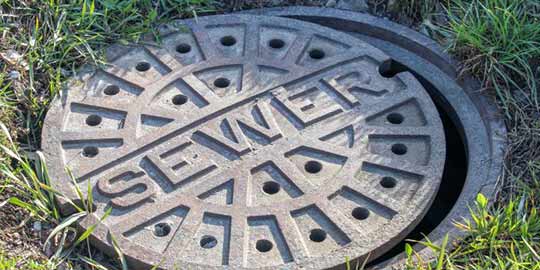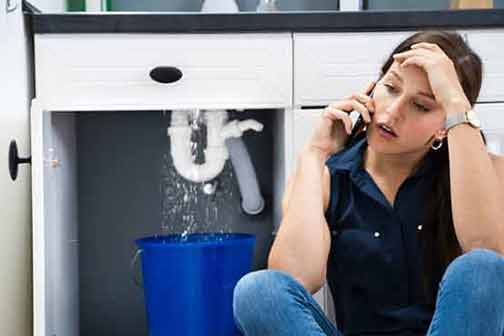
Sewer line system backups can be a homeowner’s worst nightmare. Dealing with the aftermath of a sewer line backup can be messy, costly, and time-consuming. Not only does it cause inconvenience, but it also poses serious health risks. Therefore, it’s important for homeowners to understand the causes of sewer line backups and how they can protect their homes from such incidents.
Understanding Sewer Line System Backups
Sewer line backups occur when the wastewater from your home is unable to flow freely through the sewer pipes and gets backed up into your property. There are several potential causes for these backups, including tree root intrusion, pipe damage or deterioration, clogs caused by grease or other foreign objects, and even heavy rainfall or flooding.
Assessing the Risk Factors
Before taking any preventive measures, it’s essential to assess the risk factors specific to your property. Factors such as the age of your sewer system, the presence of large trees near your pipelines, and the overall condition of the pipes are important considerations. Older homes with outdated sewer systems are generally more prone to backups, while homes with mature trees nearby have a higher risk of root intrusion.
Taking Proactive Measures
To protect your home from sewer line backups, there are several proactive measures you can take:
- Regular Inspections: Schedule regular camera inspections of your sewer lines by a professional plumber. This will help identify any signs of damage or blockages before they turn into major issues.
- Tree Management: If you have large trees near your sewer lines, consider consulting with an arborist to manage root growth. They can help prevent intrusive roots from damaging your pipes.
- Proper Disposal Practices: Avoid flushing any non-biodegradable materials down the toilet or sink. This includes items such as wipes, diapers, grease, and oil that can cause clogs and backups.
- Installation of Backwater Valves: Consider installing backwater valves. These devices allow wastewater to flow in one direction and prevent backups by blocking any reverse flow. Speak with a professional plumber to determine the best valve for your specific needs.
- Regular Maintenance: Engage in routine maintenance tasks such as a professional sewer line cleaning service to remove any accumulated debris and prevent clogs.

Despite taking all the preventive measures, emergencies can still occur. It’s essential to be prepared to mitigate the damage in case of a sewer line backup.
Emergency Preparedness
Despite taking all the preventive measures, emergencies can still occur. It’s essential to be prepared to mitigate the damage in case of a sewer line backup. Here are a few steps you can take:
- Locate the main sewer cleanout: This will help you easily access the clogged area in case of an emergency.
- Keep contact details of reputable plumbers: Establish a relationship with a reliable plumber who offers emergency services. This will ensure quick assistance during critical situations.
- Install flood protection devices: Consider installing a sump pump or sewer backup alarms. These can help minimize water damage and provide an early warning sign of potential backups.
- Create an emergency kit: Prepare an emergency kit that includes items like gloves, rubber boots, and disinfectants. This will help protect yourself and prevent further contamination in case of exposure to sewage.
- Contact your insurance provider: Review your homeowner’s insurance policy to check if it covers sewer line backups. Consider obtaining additional coverage if necessary.
Summing it Up
While it’s difficult to completely eliminate the risk of sewer line backups, homeowners can take proactive measures to reduce their occurrence and mitigate potential damages. Regular inspections, tree management, proper disposal practices, installation of backflow valves, and routine maintenance are all crucial steps in protecting your home. Additionally, being prepared for emergencies and having the necessary resources on hand can make a significant difference in minimizing the impact of a sewer line backup. By prioritizing prevention and preparedness, homeowners can safeguard their homes from sewer line system backups.
[…] The blockage in the sagged section of a sewer line can stop wastewater from flowing through and force it backwards into the home. […]